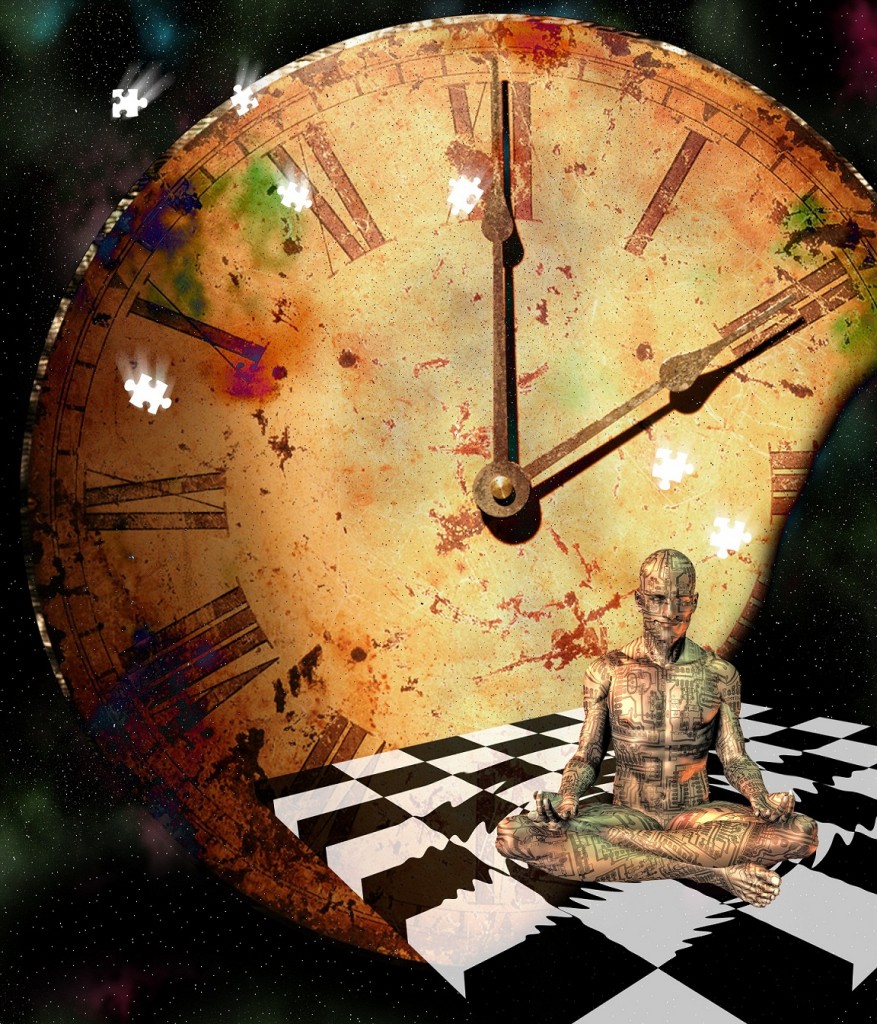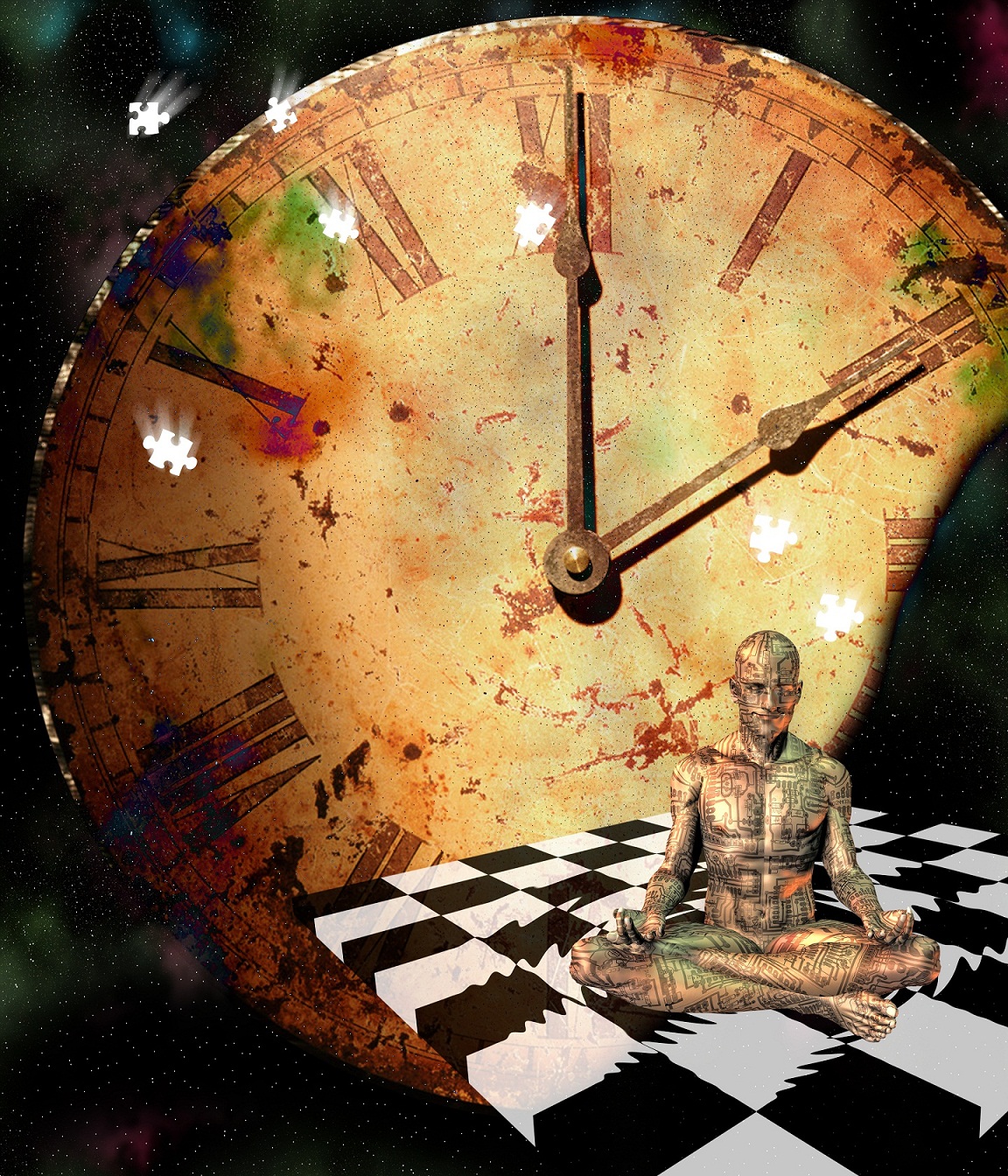
I think it’s more than safe to assume that certain psychological disturbances like phobias and irrational fears are native to our psychospiritual core. No matter how far back into our past we choose to look they seem to have thick, protracted roots that penetrate to the very centre of who we are, how we interact with other human beings, and how we choose to deal with a whole continuum of circumstances that may eventuate. I, for instance, suffer from an acute fear of certain insects and spiders, two conditions known as endomophobia and arachnophobia, respectively. For the first few decades of my life I remember letting those two horrid conditions get the better of me; often the mere sight of a large indigenous beetle or a huntsman was enough to send an array of frigid chills pulsating up along the entire length of my spine. To counter this mind-gripping terror, I punctiliously and unconsciously avoided any contingency or environment that might facilitate direct encounters with them. My unreasonable mortification tended to embarrass me beyond human imagining, especially when the unwelcomed meetings occurred before visitors, friends, and acquaintances.
On such occasions reason would prostrate itself on the ground and beg me to wipe away the cobwebs of foolishness yet its cries always fell on deaf ears. I was utterly helpless in mediating or controlling my childhood and adult phobias. Often, I would find myself agreeing with reason and even mentally reconstructing my plan-of-action next time such an encounter transpired only to cede all rational ground to emotional irruptions of anxiety and horror when the moment of truth finally arrived. In an attempt to get to the root of the problem without professional assistance, I appealed to my own inner doctor who advised that I scry my formative years for some repressed childhood trauma; somewhere during my juvenile years I had suffered a dramatic, harrowing, and bloodied ordeal which was so traumatic that it dribbled all the way down to the unconscious level and coagulated into a hard-bodied complex. Of course, the details of my own life could never authenticate such a Freudian and Jungian hypothesis simply because my first decade was one of the most complacent and cheerful anybody could ever ask for. The more I searched for a childhood etiology for my irrational fears, the more I realized that my chances of finding one were slim to zero. One day, whilst sitting on a park bench watching a flock of birds swooping over the bay, it occurred to me that the phobias might be neither biographical nor perinatal in origin. Perhaps they were preperinatal or past-life related; a karmic residue accrued from a prior incarnation.
Naturally the abovementioned is somewhat problematic for a Western discipline such as psychology which strives to define the underlying causation of mental anomalies and disturbances strictly in terms of interactions between the plastic mind and the immediate environment. Such rigid frameworks habitually shy away from the suggestion that anything other than genetic information is inherited, posing a big problem for how psychic components or personalized archetypal contents intrinsic to an individual might be explained. Is it possible to arrive into the world equipped with a playpen full of personalized psychic characteristics? At the very least a conviction of sorts necessitates the theoretical underpinnings of esoteric disciplines like astrology whose individualized horoscopes pertinently explain a newborn’s psychic dowry in terms of the configuration of the planets and stars at the exact time of birth. Evidently, a contemporary scientist or a doctor who espouses such ‘occult’ beliefs and is brave enough to declare them openly inevitably attracts the ridicule of the intelligentsia and is sooner rather than latter relegated to the historical wastebasket of quacks, pretenders, superseded theories, superstition, and other erroneous beliefs about human nature and the cosmos. Convention has no place for scientists, philosophers, mathematicians and any other cognoscente who dares to march to the sound of their own beat and inflicts harsh punishment for any such transgression. Nevertheless, the phenomenology of human experience continues to challenge the grains of dogmatic convention by washing ashore psychological complexes and neuroses that are preperinatal in origin and fundamental to being.
However blasphemous and uncomfortable it makes us feel, the only explanation that seems to make sense from an evolutionary perspective is one that entertains the notion of psychic inheritance. From such a standpoint innate traumas and other psychological turbulences imminent at birth are manifesting symptoms of unresolved conflicts accrued by a prior incarnation of one’s vital life force. Usually what we find is that there is a clear symbolic resonance between an initial cause generated by the past personality and the succeeding effect experienced by the present personality. In clinical settings where such connections are weeded out of the multidimensional psyche and explored at length through therapeutic processes like active imagination and hypnosis, deep-seated phobias and anxieties present from birth are usually subconscious landmines for past-life issues. More often than not underlying unfounded fears turn out to be wanton and wretched last-life memories: a fear of knives, axes and other sharp implements is typically indicative of having been stabbed to death in a domestic dispute or in a pub brawl; a dread of water having been drowned on a sinking ship out in the middle of nowhere; a fear of closed, miniscule, and dark spaces having been asphyxiated by a pillow or by the noxious fumes of a domestic conflagration; a fear of dangerous animals having been hunted down and torn to shreds by a pack of wild dogs, bears, lions or sharks; a dread of the natural elements having ceded one’s material possessions and home to earthquakes, volcanic eruptions, tornadoes, and tsunamis; and a fear of insects having been stung to death by wasps, bees, or any other perilous arthropods.
The human compulsion to weave through life armed with an accumulating sack of mental and behavioural patterns is nothing unknown or novel to the universe. If there’s one thing that we can be entirely sure of is that we’re all a wad of biotic and psychic impulses sloppily held together by habit. Some of the more compelling and distinct of these emerge when we suffer subjugation at the hands of social constructs and related circumstances. Psychology calls these little personal defeats in life complexes. The resolve of the scientific quantitative method fine-tuned over the last few hundred years or so would have us believe that the aforementioned are emotional conflicts and outlandish projections inextricably linked with the life experiences of our one and only contemporaneous identity. But in some instances such as those where a powerful phobia might be present at birth these psychic glitches seem to hint at some unfinished business pertaining to a prior life or incarnation.
A natural consequence of not dealing with these unruly and undesirable present or past-life psychological configurations that hamper our lives, our relationships with others, and our harmonious complacency with the world is to have them recur time and time again like a scratched compact disc that will habitually trap the spindle into running over the same time fragment until somebody switches it off or fast-forwards to the following track. Thus like software programs and one-track compact discs we can go on mindlessly re-enacting betrayals, injustices, frustrations, traumas, losses, hurts, humiliations, idiosyncrasies, fetishes, deprivations, and other violations of mind and body until our allotted time on the earthbound plane has expired. When left unconscious their toxic effects are detrimental to our health; the dynamics of some are so calamitous as to shorten the length of our lives considerably. Under such circumstances what most people don’t realize is that neither apotropaic invitations nor defences aimed at keeping them away are worthwhile prophylactics. The best and most effective way of combating them is to search for their entrenched roots in the strata of the unconscious, to identify the mother root around which the complex formed and currently revolves, and to remove it permanently through therapeutic reintegration of psychic shadow contents with the present, self-conscious personality.
Emergent complexes of a past-life origin are probably more at home in Eastern esoteric spirituality and explicitly in the psychophysical notion of Yoga than in any breed of contemporary psychology. I’ll do my very best to explain this fundamentally Eastern doctrine in Western terms. Ultimately, all thought forms we recognize as constituting human mentation are projections of intangible impressions onto the psychic plane. When these though-desires acquire form they are acted out in the phenomenal world, attracting to themselves greater levels of energy and consequently creating bigger and bigger ripples on the mental stuff (called citta) of the individual. Once freed from the bondage of inertia and set into perpetual motion, all psychic ripples or patterns generated by this cause-and-effect cycle continue drawing energy from the inexhaustible spring of etheric vitality or vital force. This allows them to prolong their lifespan and assemble into discernible patterns of behaviour that inevitably coagulate into fixations, habits, and complexes. Left unchecked they’ll expand and use up so much mental oxygen as to become egregores or autonomous psychic entities that overrun the ego and take full control of personal consciousness. In hindsight the inclination of negative and positive thought-desires to create a ripple effect that emanates out to others and then deflects back to its origin is what makes the phenomenon of karmic residues possible.
Another very accessible translation of the doctrine belongs to Dr. Karl H. Potter, a professor of Eastern philosophies who defines karmic residue in the following manner:
This karmic residue has or is accompanied by dispositional tendencies (samskara) of more than one sort, including at least two kinds of trances (vasana), one kind of which, if and when it is activated, produces certain afflictions (klesa). These klesas are erroneous conceptions which characterize the thinking of those engaged in purposive activity and it is they which are responsible for the person being in bondage, that is, continually creating karmic residues.[1]
Looking at the individual constituents of karmic law separately, samskara is our latent psychospiritual scarring, vasanas are the psychic airwaves which are imprinted straight onto the virgin slate of our incarnating consciousness at birth, and klesas are the subtle psychophysical effects latent in the multidimensional psyche as a result of having inherited elementary thought-desires from past lives. The wounded tissue beneath the psychospiritual scars carries archetypal memories of traumatic karmic complexes that are released in variant forms and shades back into the coagulating conscious ego-mind of the present personality when the former meet with the same or analogous circumstances that enabled their immediate expression in a previous lifetime (or lifetimes). From this moment onwards the trajectory of one’s life path is pretty much hewn by the autonomous frequency and amplitude of samskaras activated on an unconscious level. Samskaras are to the human soul what knee-jerk reactions are to the physical brain, bypassing conscious will power and expressing themselves without the necessary permission of the enthroned ego. Hence an insentient samskara centred on self–worth can manifest as a poor taste in lovers or life partner; a samskara that has originated from a consensual intellectual or personal rejection of some kind might surface as a very introverted temperament; and a samskara engendered by the ample loss of beloved persons like siblings, parents, lovers, and close friends as abnormal clinginess and smothering overprotectiveness.
Perhaps the most accessible definition of this important Sanskrit expression is one given by Indologist Heinrich Robert Zimmer (1890–1943) who construed that “samskara is a rich and highly suggestive term. Its connotations cluster about a concept of ‘that which has been wrought, cultivated, brought to form.’ But this, in the case of the individual, is the personality–with all its characteristic adornments, scars, and quirks–which for years, indeed for lifetimes, has been in the process of concoction.”[2] These are no doubt words of wisdom that ring true on an intuitive level. The present, self-conscious personality together with its whole gamut of psychological complexes and spiritual emergencies is in fact a dense piece of ethereal dark matter alchemically fashioned by elemental thoughtforms and processes spanning the length of not just one but many lifetimes. Its inner natural tendencies, on the other hand, are the fissures, chasms, canyons and other vents hewn out by the psychological archetypes and karmic complexes themselves through which the torrential waters of thought and mentation will course throughout the entire length of the current lifespan. As you might expect, the transitional limbo called death hermetically seals the work on the dark matter and guards the existing status of the samskaras until the vital life force chooses to manifest itself in another earthbound vessel for the sole purpose of balancing its karmic residue. The only chance of breaking free from latent courses and tributaries that consistently lead to the same seas and oceans in our lives is to become conscious of where their origins lay and act constructively and swiftly by either cutting off or neutralizing their influence once and for all. It’s the only chance we have of eradicating the chains of a predestined reality and choosing our own destiny.
But of course this is easier said than done!









